I hate using batteries in guitar pedals for the simple fact that they don’t last. Of course, what kind of pedal and battery you’re using are both factors. That all said, it turns out the discussion surrounding batteries and pedals has an additional point of complication.
But we can discuss all of that later. In case you don’t know, I did an experiment where I determined how long a standard 9V battery lasts in a guitar pedal, and I included the BOSS RC-5 Loop Station as part of that experiment. It performed the worst out of all.
According to my experiment, a standard 9V alkaline battery will last approximately 1 hour and 45 minutes in a BOSS RC-5 Loop Station. This is due to the RC-5’s high current draw of 170mAh and the 300 mAh for which the standard battery is rated.
The experiment was an interesting one because it finally confirmed to me what I knew in my heart for a long time: batteries do not last at all, and I should’ve purchased a power supply years ago. This is especially the case for the RC-5 Loop Station. Let’s talk about why the RC-5 doesn’t last and some other factors to consider.
Why Batteries Only Last 2 Hours In the RC-5
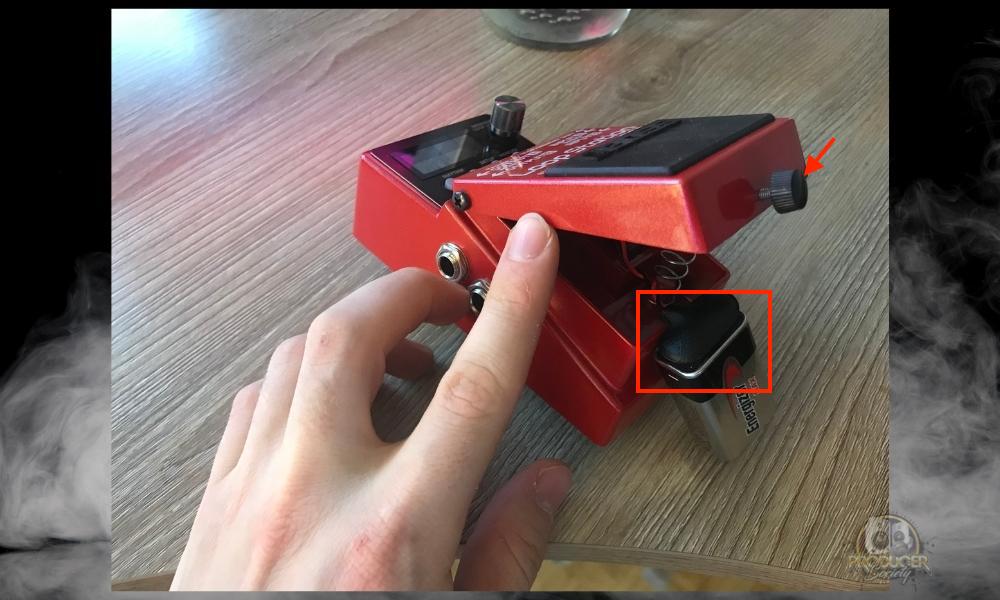
As I was saying to you, I have a separate article where I dive into the details of my experiment. You can see the part for yourself in the YouTube video down below. It’s at 03:17 approximately, but I’ll give you a brief overview now:
How Long Do Batteries Last In Pedals? – The Experiment
For my experiment, I went to the store and bought about a half dozen 9V alkaline batteries and then I installed every single one of them in all my pedals. I then turned everything on and left it all running for several days.
I counted for how long exactly each pedal ran, and they died in this order:
- BOSS RC-5 died in 1 hour and 45 minutes
- BOSS DD-6 Digital Delay died in 9 hours and 30 minutes
- ISP Noise Decimator Lasted 19 hours and 30 minutes
- BOSS TU-3 Chromatic Tuner lasted 31 hours and 30 minutes
There are a couple of reasons why the BOSS RC-5 doesn’t last long. It mostly has to do with the pedal’s super bright and colorful displays and all of its features and extra functions. The pedal can do quite a lot, and this plays a role in its high mAh rating.
What Is The mAh Rating And How Does It Relate To Guitar Pedals?
The mAh rating, in case you don’t know, is a measurement system we use to describe for how long a battery can last and the time it takes for your device to die out.
It stands for a milliampere per hour or one 1000th of an ampere-hour. This unit of measurement can tell us a lot about how long our devices will last and when they’ll need charging again. And it’s actually pretty accurate.
The mAh rating on each pedal that I mentioned earlier will help explain how long the pedal will last if you consistently use it without turning it off. Here are the pedals and their respective draw:
- BOSS RC-5 Loop Station = 170 mAh
- BOSS DD-6 Digital Delay = 55 mAh
- ISP Noise Decimator = 35 mAh
- BOSS TU-3 Chromatic Tuner = 30 mAh
So you can see that the BOSS RC-5 is the one with the highest draw, without question. This is why it doesn’t last long at all compared to the other pedals. Let’s talk a bit more about that now.
1) The Current Draw and Rating
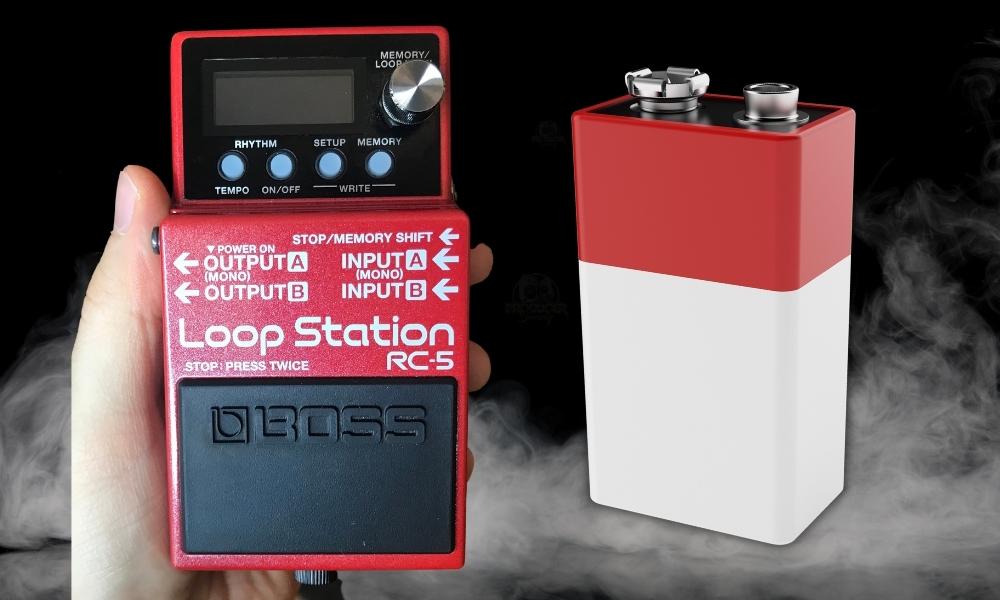
A standard 9V battery like a Duracell or Energizer 9V is rated for 300 mAh. This means that the battery will draw approximately 300 milliamperes of power until the battery is totally drained and dead.
If you do a Google search online for all of the current draws of your pedals, you can usually find how fast they draw the current from the battery. So if a battery is rated for 300 mAh, this means that a pedal with a 100 mAh current draw will last about 3 hours.
300 – 100mAh is 3 hours. It’s simple math. And these numbers were pretty much on point when I did my experiment. Let’s do another example.
If your battery is rated for 300 mAh, and your pedal has a 300 mAh rating, the battery will last approximately one hour. So it’s no surprise the pedals with the highest current draw lasted the least amount of time.
Whereas the pedal with the lowest current draw lasted the longest, ie, the BOSS TU-3 Chromatic Tuner. So why does the RC-5 take so much power anyway and why does it draw it so fast? It’s hard to say exactly, but I’m fairly sure it’s the backlight.
2) The Strong LED Display and Backlight
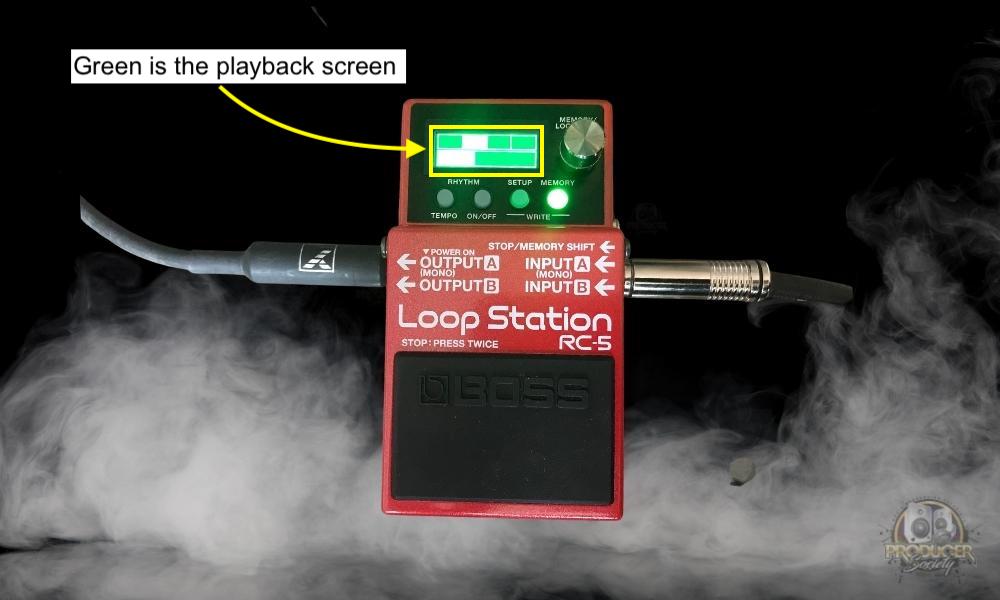
From what I know about electronics and current draw, a big part of the reason why batteries don’t last that long in certain devices has to do with the brightness of the display, or just the display generally.
On an iPhone, for instance, it’s common knowledge that having the brightness reduced will increase battery time. Whether or not it is picking up a signal is also a big factor, but the LED is a big one too.
If you take a look at the image of the RC-5 above, you can see there are a lot of moving lights, and changing colors, in conjunction with all of its cool features.
3) The Looping Function And All Of Its Additional Features
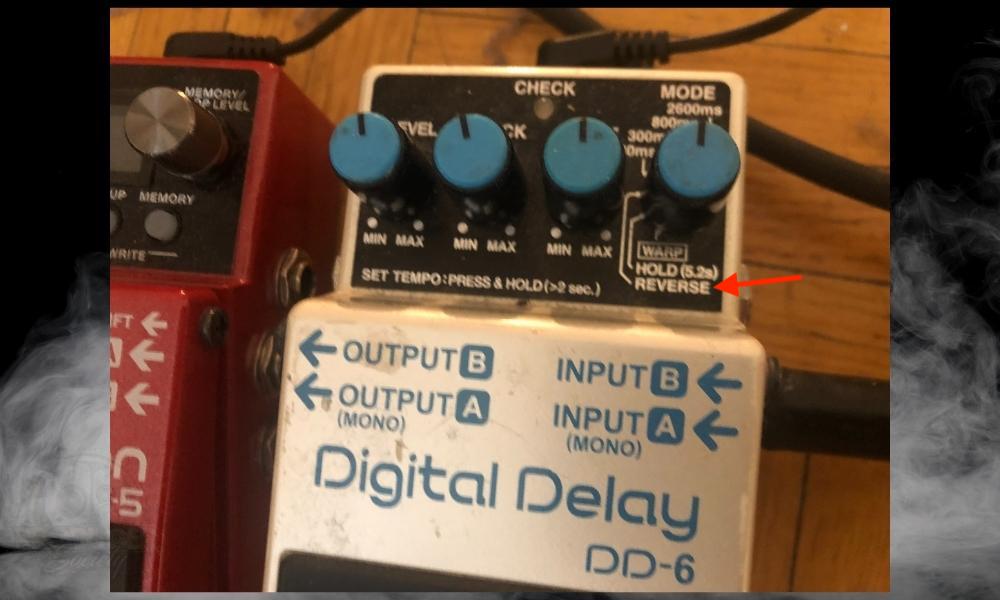
What the pedal actually does, I believe, also plays a role in how long the batteries last, but I left this one for last because I actually think it’s not the biggest factor, surprisingly.
If you take a BOSS DD-6 Digital Delay pedal for instance, which I also included in my experiment, you’ll notice it has a current draw of about 1/3 of the BOSS RC-5, despite the fact, the Digital Delay manipulates the sound digitally and in a similar way.
- The BOSS RC-5 Loop Station has a current draw of 170 mAh
- The BOSS DD-6 Digital Delay has a current draw of 55 mAh
Another pedal that has a low current draw is the ISP Noise Decimator pedal. This is a noise gate that I have run pretty much the entire time I’m playing the guitar. It is also the pedal that lasted the 2nd longest in my experiment.

It lasts a long time, in spite of running 100% of the time, because it doesn’t have an LED display backlight. It’s just a bare-bones pedal that you switch on and twist the knob.
Should You Use A Battery In the RC-5 Loop Station?
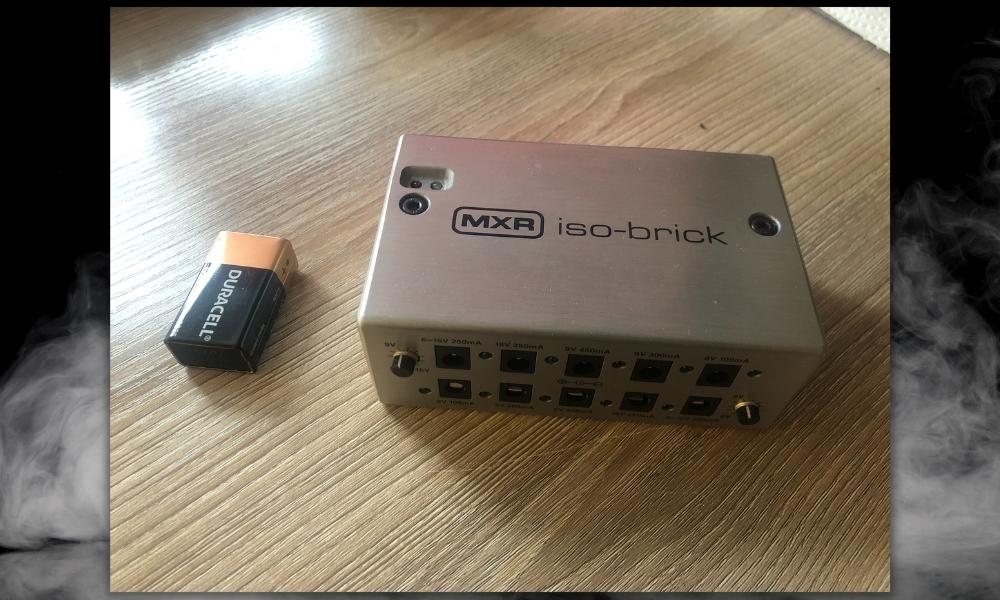
While there are some pedals that may actually benefit from using a battery, especially if it’s a carbon-zinc battery as I discussed in my guide, the RC-5 is not one of them.
A carbon-zinc battery will give some pedals, ie, overdrive and fuzz pedals a special tone because of the instability of how they drive power to the unit. But when you’re using a digital pedal, there is no utility for a carbon-zinc battery.
At the end of the day, it’s best to use a dedicated power supply for the BOSS RC-5 that way you can use it all day, every day, without having to swap out batteries all of the time.
Because really think about it, if you played guitar for 4 hours per day, you would have to replace the battery in it twice a day. That’s crazy. Just get the MXR Isobrick instead.
It’s the one I use and I find it works great. There is one thing about it that I like in particular which I discussed more in this article. If you don’t like MXR products, you could always get the Voodoo Labs Pedal Power brick instead – they have a great reputation.
Other Articles You May Like
- How to Reset The BOSS Loop Station [5 Models]
- Where To Put The Looper Pedal In Your Signal Chain [SIMPLE]
- How to Use A BOSS RC-5 Loop Station [An Illustrated Guide]
- What Is A Guitar Looper – Looper Pedals Explained
Gear Mentioned
1) MXR Isobrick

 Written By :
Written By :